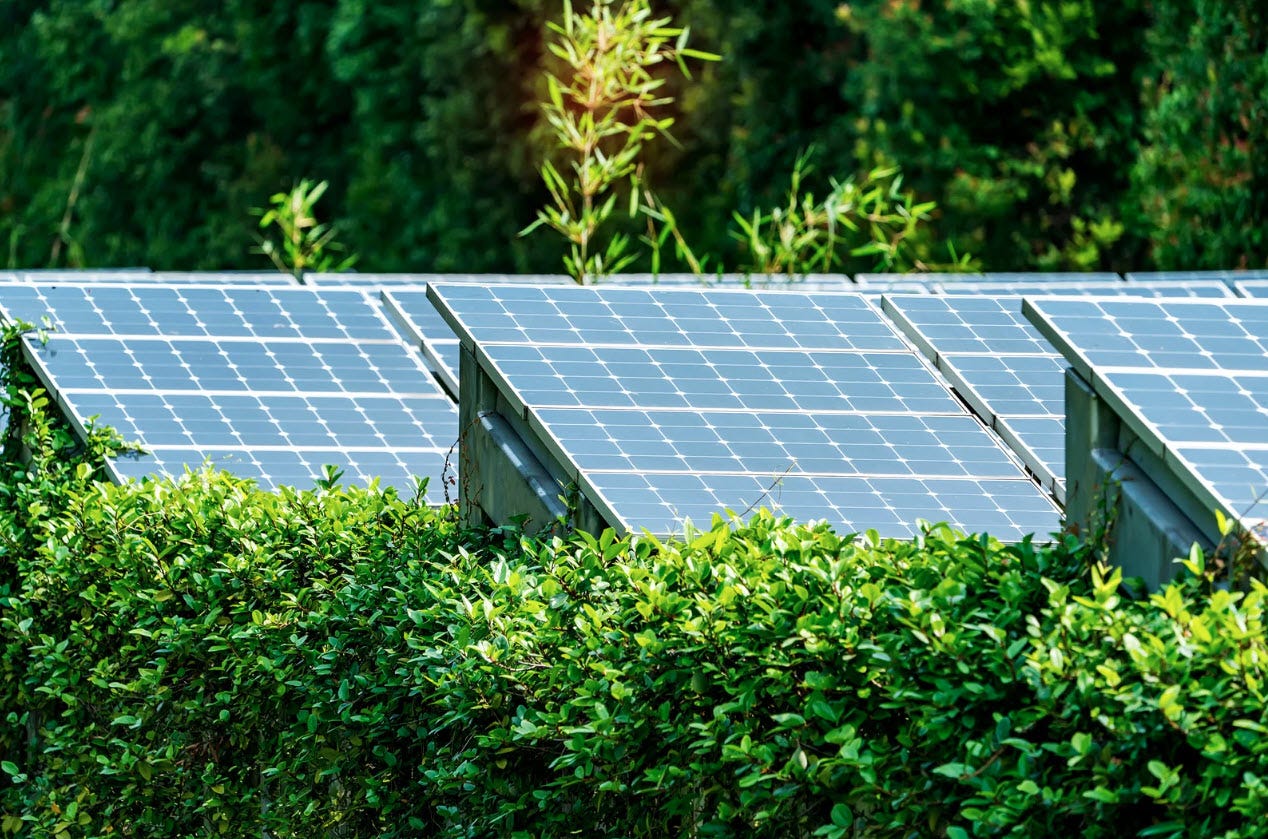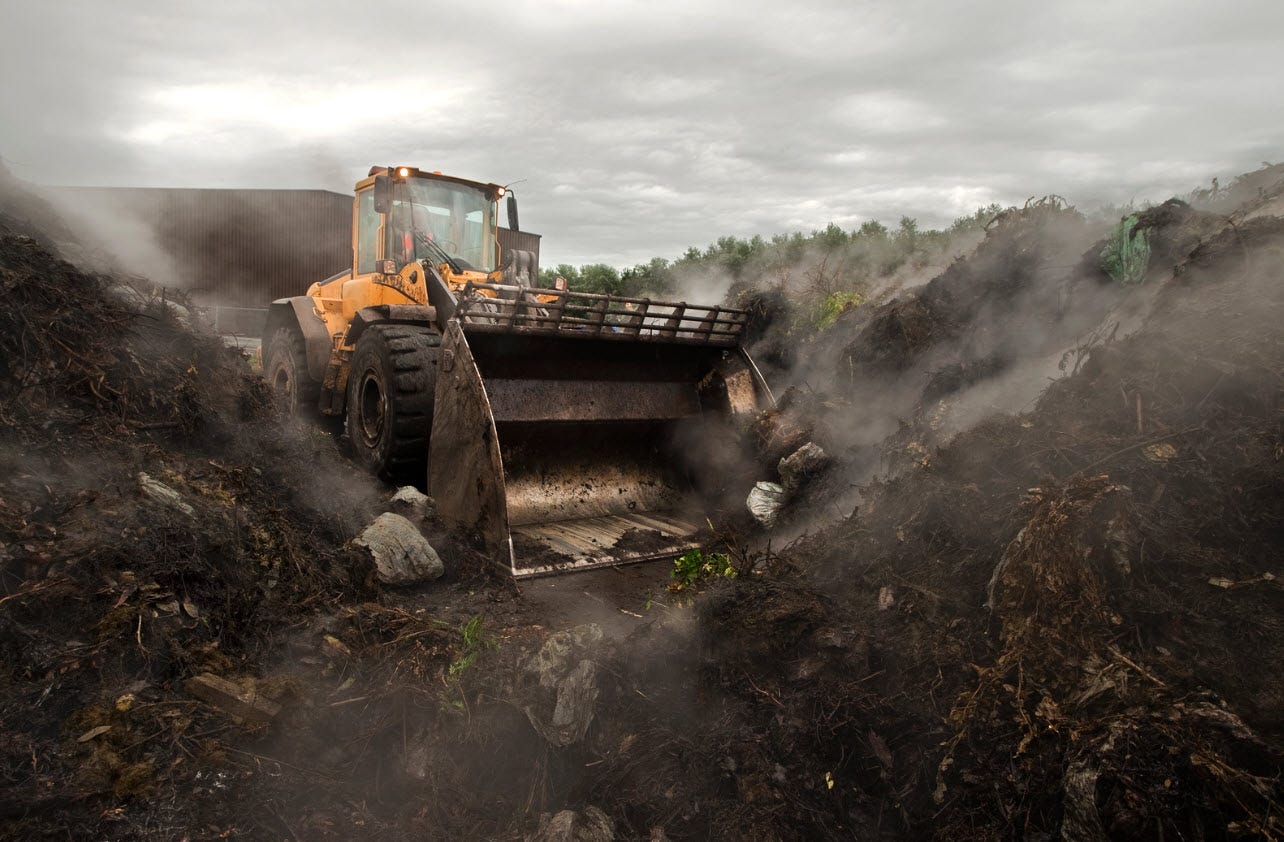Tip for risk-wary impact investors: Build healthy communities
When you invest to build healthy regenerative communities, you achieve better risk-adjusted returns in the long run.
Word count: 1,148. Reading time: About 6 minutes
By Eduardo Esparza, founder of Blue Dot Project
Investors who are new to funding regenerative initiatives can reduce their risks by opening their minds.
Here’s my suggestion, in brief: Think more broadly than the asset classes your office prefers.
If a community isn’t healthy, all its assets will underperform.
If the community is healthy, all its assets are more likely to exceed expectations.
Why it matters
Impact investors who are new to regenerative investing may not recognize the opportunity to reduce their risk by shifting the way they think.
Many seasoned investors are attracted to their tried-and-true asset classes, such as land, technology, energy, water, agriculture, and so on.
In regenerative finance, investing in asset classes isn’t wrong.
It’s just riskier.
Invest beyond physical infrastructure
With traditional real estate development, a project is complete when the infrastructure and the buildings are built and sold.
With successful regenerative communities, in contrast, the community is the project—not the buildings or the infrastructure.
As investors who want to reduce our risks, we must make the health of the community our primary goal. The community’s vitality increases and extends the value of the entire community, including the value of all its physical assets.
The interconnected elements of a community function as a system.
Land, real estate, energy, technology, and agriculture are components that enable or support the system.
Consider both ways to achieve returns
When you invest in a regenerative community, you achieve your return on investment from these two sources:
You add value to physical assets. When you build on a site, for instance, you increase the value of the site and maybe also the value of nearby plots or the entire community. You may generate revenue and profit by selling, renting, or leasing the building.
You increase the vitality and viability of the community. Your investments may increase the well-being of community members, lengthening their healthy lives. Your investments may also reduce damage to ecosystems and increase biodiversity.
A vital community increases the value of all its parts. When you invest in the vitality of a community, you can keep reaping financial returns for as long as the community stays vibrant.
Eight ideas to invest in regenerative communities
When you invest in regenerative communities, don’t pick and choose where you will invest as if from a menu. Invest in all the systems that maintain the vitality of the community.
Here are some good ways to invest:
Develop intangible infrastructure. Successful communities need both physical and intangible infrastructure. Intangible community infrastructure includes systems and technology platforms for social organization, cohesion, and governance. Investors can fund the creation and operation of these systems and platforms.
Invest in physical assets that increase community vitality. Here’s an example. Investors could pay the initial cost to install solar energy infrastructure. Investors can achieve economies of scale by enabling solar energy for the entire community. Community members might then pay a monthly utility fee that makes their energy affordable. With this arrangement, residents can avoid paying to install and maintain their own solar systems.
Provide affordable housing. To achieve a diverse and resilient economy, generative communities must provide a good quality of life to people of multiple income levels. Investors can fund affordable housing initiatives designed to reduce environmental impact and made from sustainable, local building materials.
Fund community development. Investors can also fund community centers and educational programs that develop high-value skills—especially in regenerative farming, renewable energy, and conservation.
Fund initiatives that provide ecosystem services. Regenerative communities provide services to the ecosystems they occupy. Such services may improve soil health, sequester capture, increase biodiversity, and improve water or air quality.
You can also put your money toward initiatives that enhance the circularity of the community. For instance, you could provide services to compost a community’s organic waste.
Develop financial instruments that meet community needs. Investors might develop financial services that enable developers to build high-quality, durable, energy-efficient, and adaptable real estate assets that can last for hundreds of years.
Foster collaboration among stakeholders. Regenerative communities are more likely to thrive when investors and developers engage community stakeholders in planning and decision-making processes. Stakeholders may include community residents, businesses, development and enabling partners, policymakers, and local indigenous elders.
Seek support from local governments. Planners of regenerative communities should advocate for policies, regulations, and incentives that encourage and facilitate community-focused investments. Public sources may provide tax incentives for regenerative projects or simplified regulations for community-based renewable energy.
Two examples of investments in community
Finance high-quality structures
If developers can reduce their cost of building and financing high-quality commercial and residential structures, they can pass the savings along to building owners.
How might this work? Today builders try to cut their costs and maximize their selling price. But they must keep their price within the limits their market will pay.
Future owners of shoddy buildings have to pay for expensive maintenance before the buildings are only a few years old. Owners or residents pay higher utility costs when buildings are poorly insulated and have inefficient heating and cooling systems.
Investors can structure financial instruments that capitalize on future cost reductions for building owners and occupants. They could offer a service that enables builders to construct higher-quality buildings at lower interest rates.
Investors can finance higher-quality assets at lower rates because their financial risk is lower for buildings that maintain their value. Investors can sell shares in their company to raise capital for financing high-quality construction.
With lower borrowing rates, builders can sell their products at lower prices, so community members can buy or rent higher-quality homes more affordably. Occupants can also occupy the homes more affordably if they pay less for energy.
Offer interest-only loans
Here’s an example of offering interest-free loans from a non-regenerative business.
Ferrari S.p.A, the luxury automaker, produces a relatively small number of limited-edition cars each year. Because of their high quality and desirability, these cars reliably increase in market value. Lenders can provide an interest-only loan because they know they can resell the title for more than it cost them to buy it.
Similar interest-only loan structures could make large investments more feasible and attractive for community members or businesses. Securitization would add liquidity by enabling the buying and selling of debt in secondary markets.
With this approach, investments could be both economically viable in the short term and sustainable in the long term. Such financial arrangements could fund continuous improvements to community infrastructure.
This is part 3 of a multipart series. You can read Part 1 and Part 2 at these links.
In the next article in this series, I’ll share five key elements of regenerative investments.







